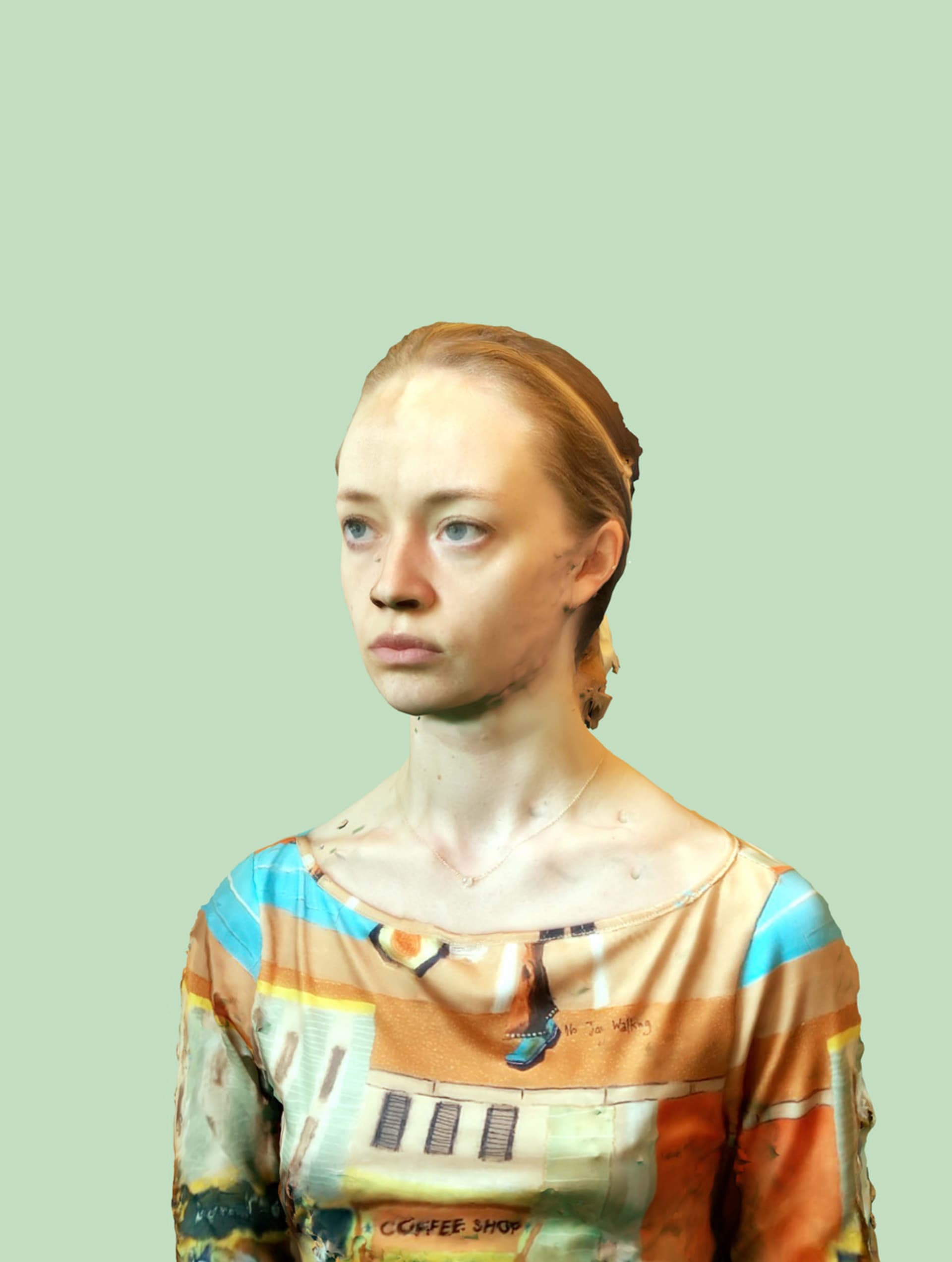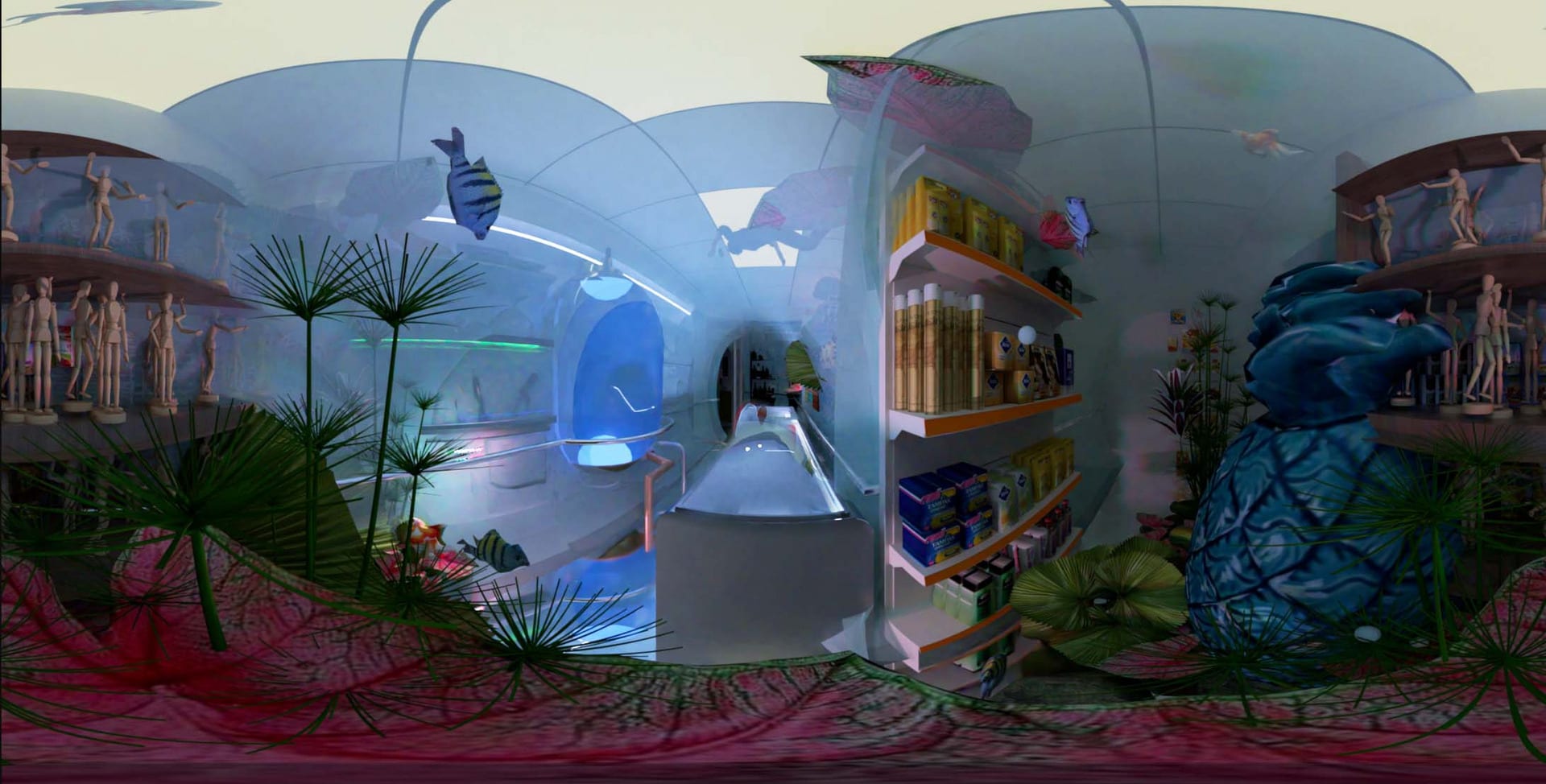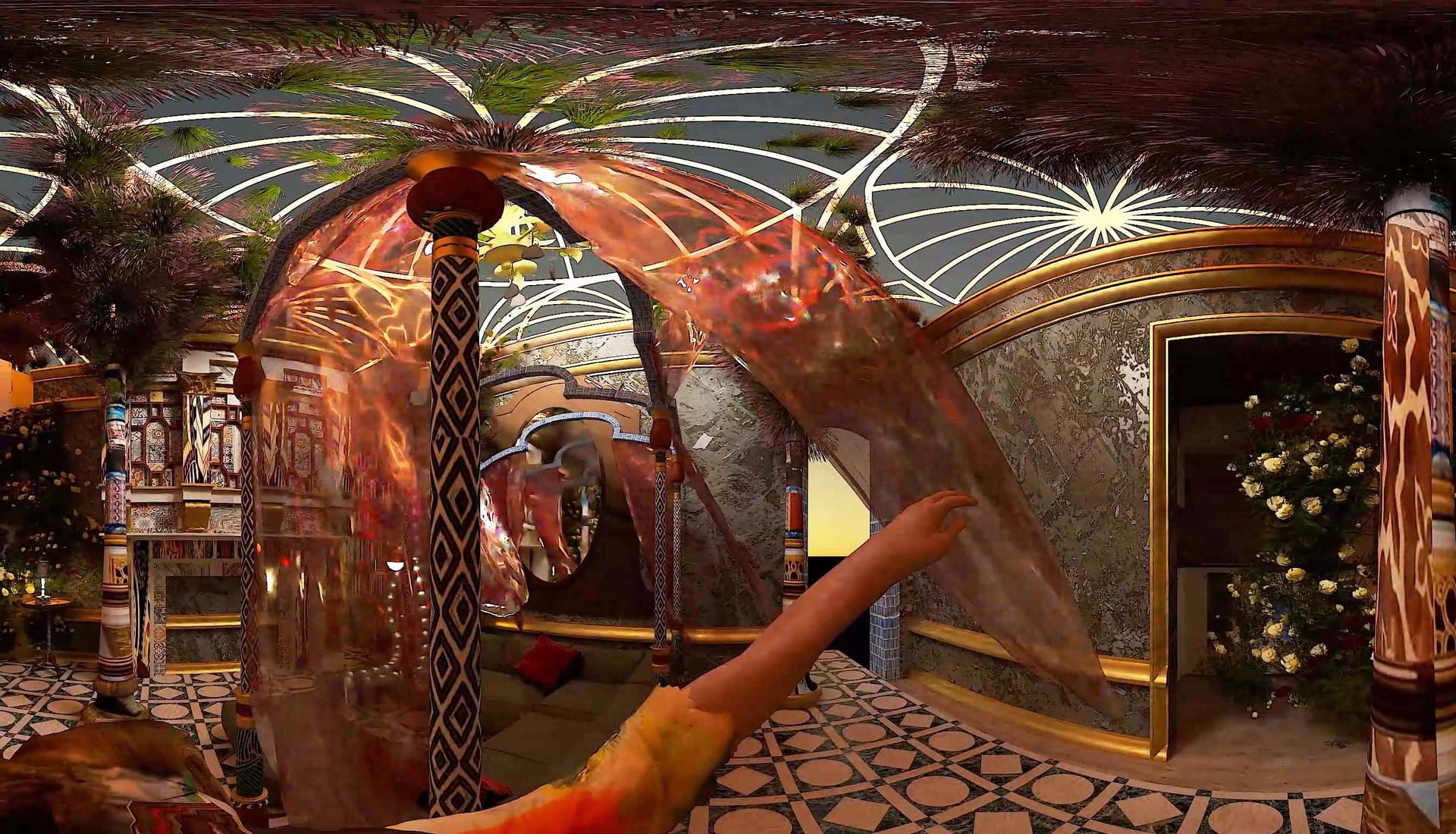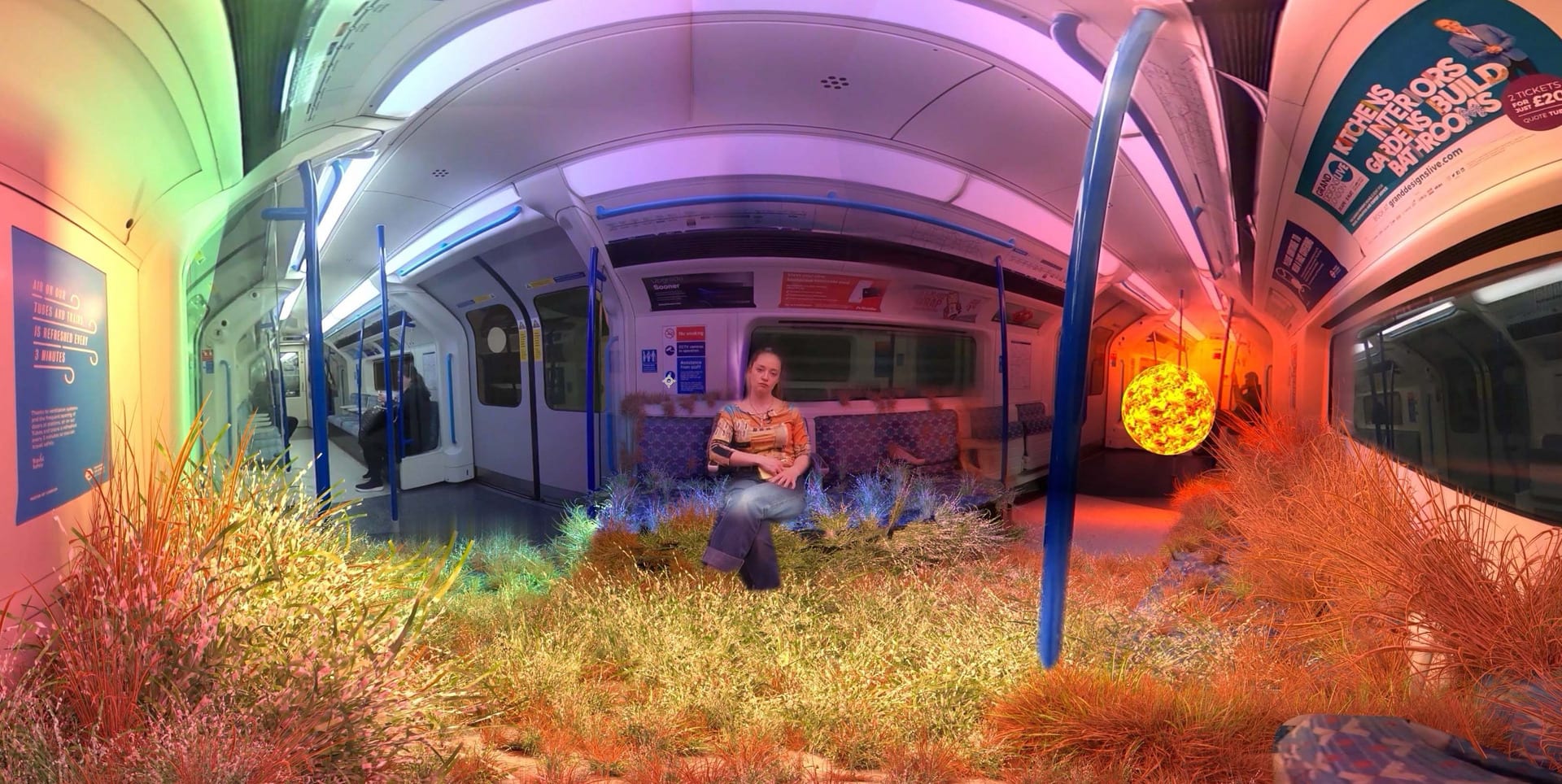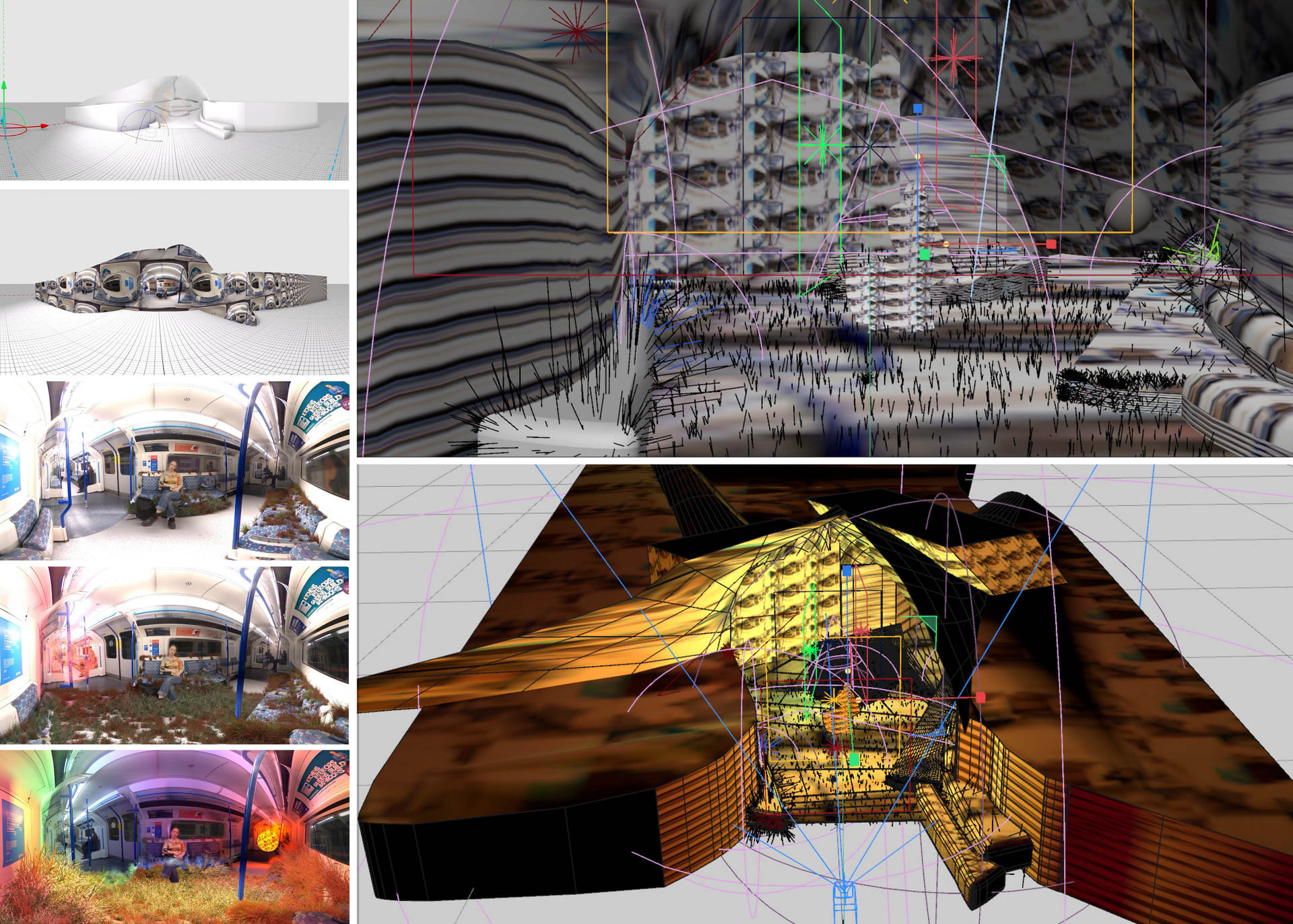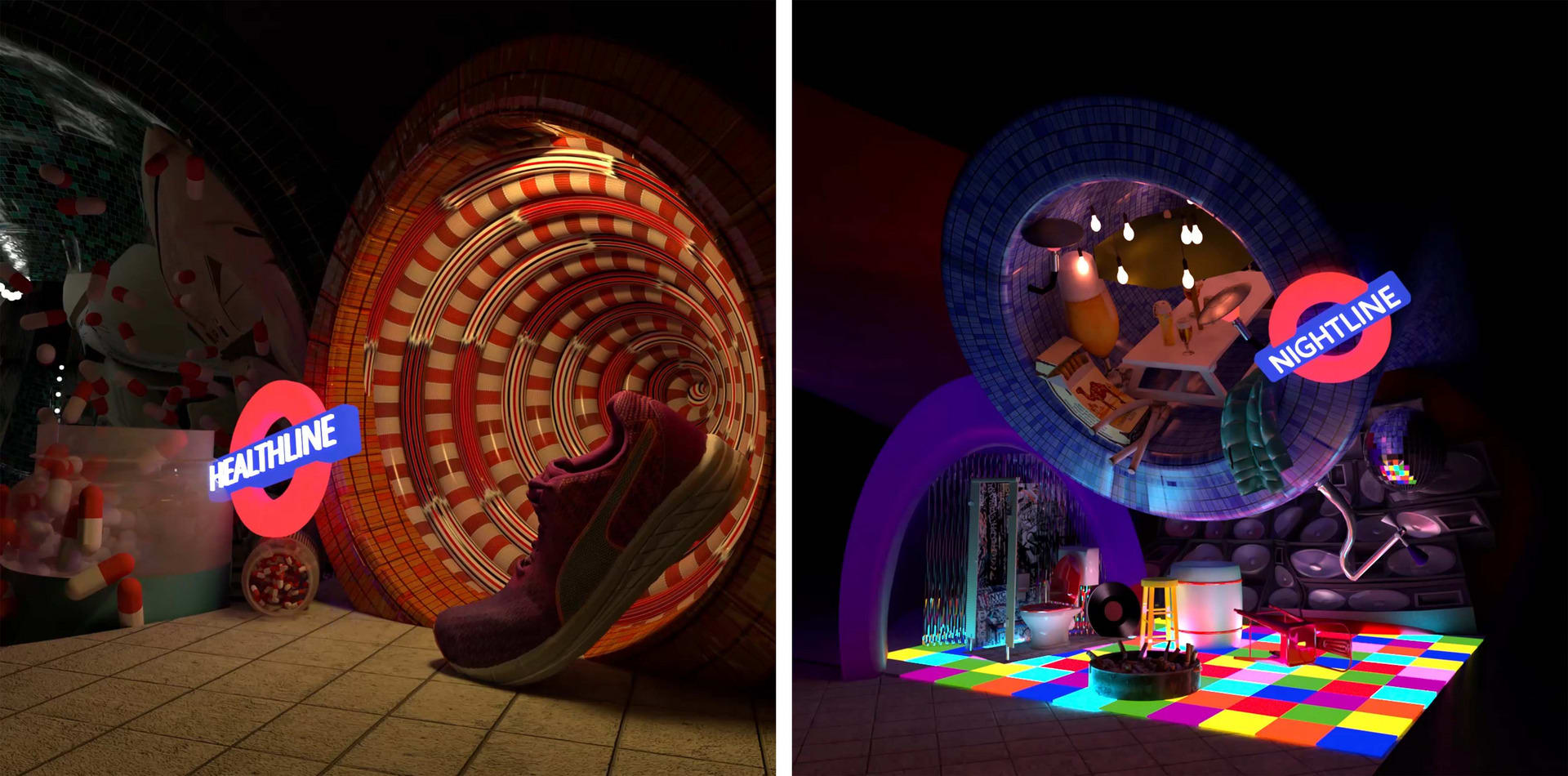About Her:
Her background is in architecture.
Her architecture was developed at Newcastle University and Her work at Haworth Tompkins continued to inspire her interests.
Her interests have always been in telling stories.
Her stories are told and represented through a variety of mixed media.
Her media incorporates emerging technologies with a focus on film, 3D animation and virtual design.
Her design anticipates a future where experiences of the virtual have the potential to be as meaningful as experiences in the physical.

